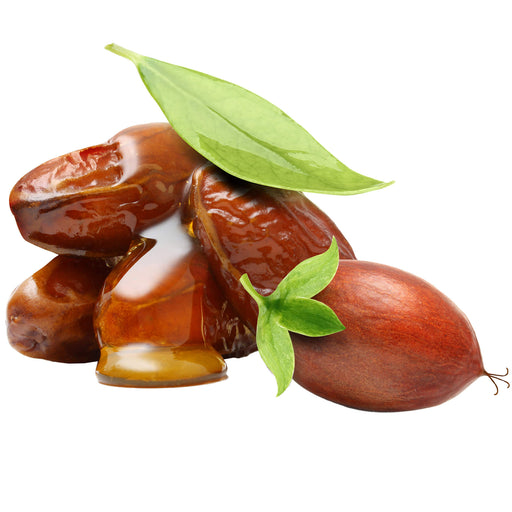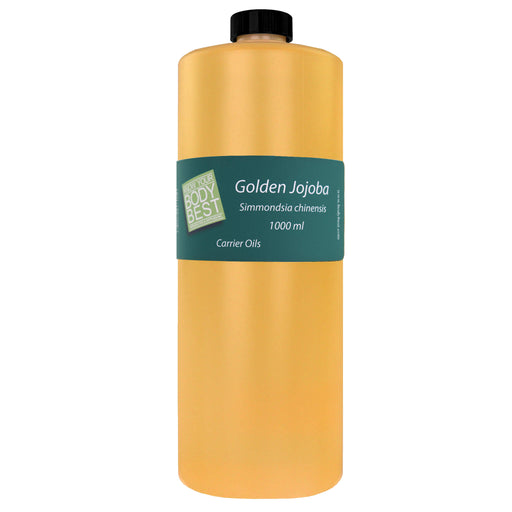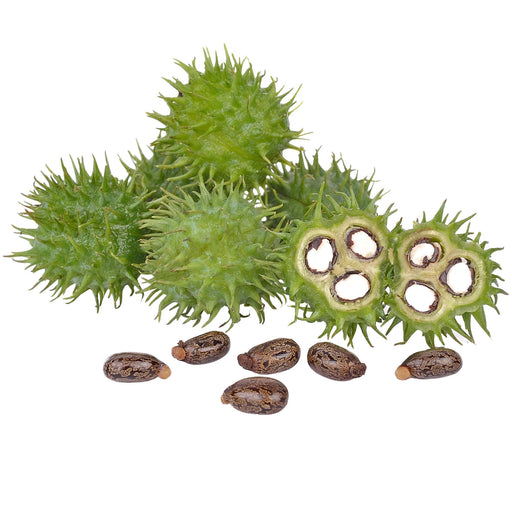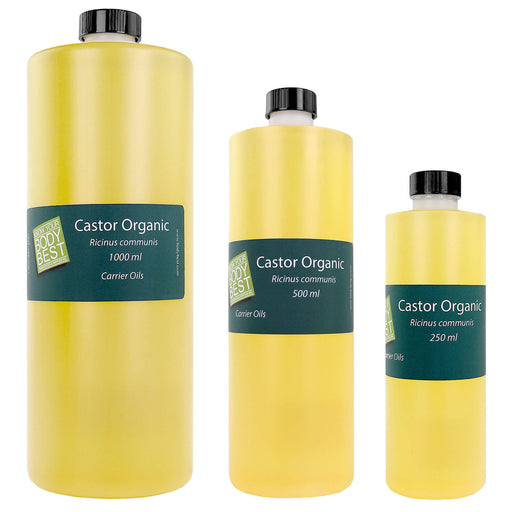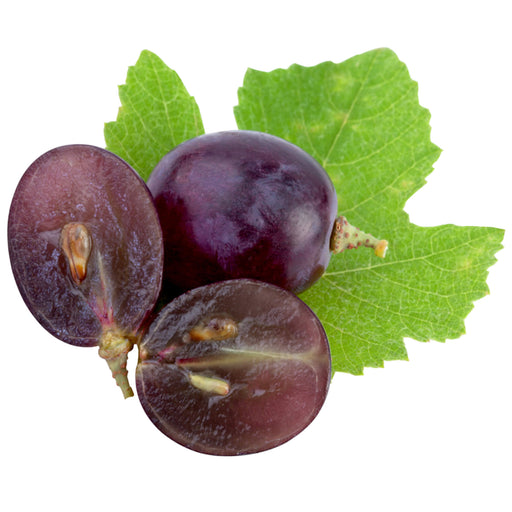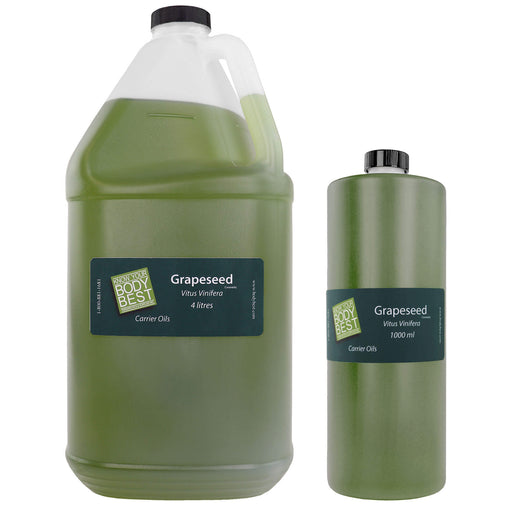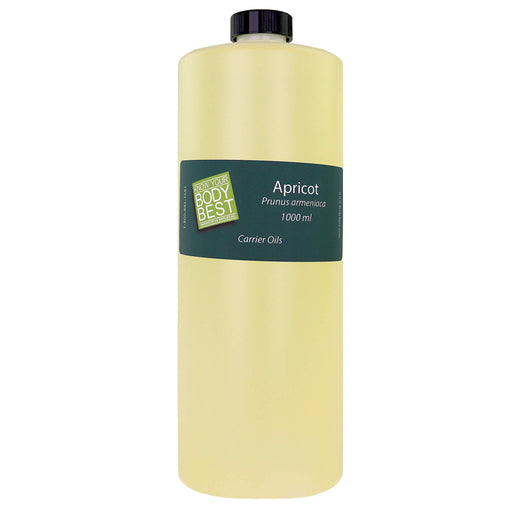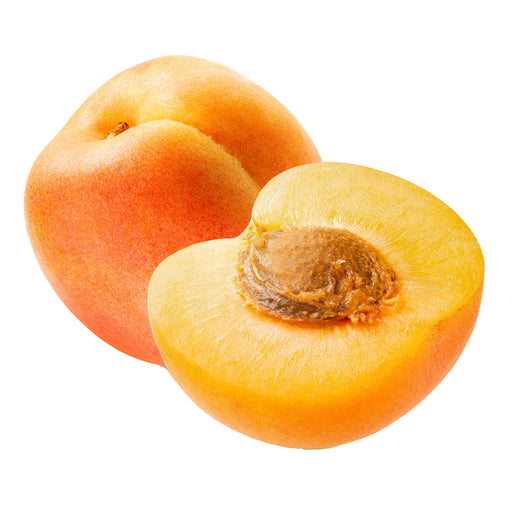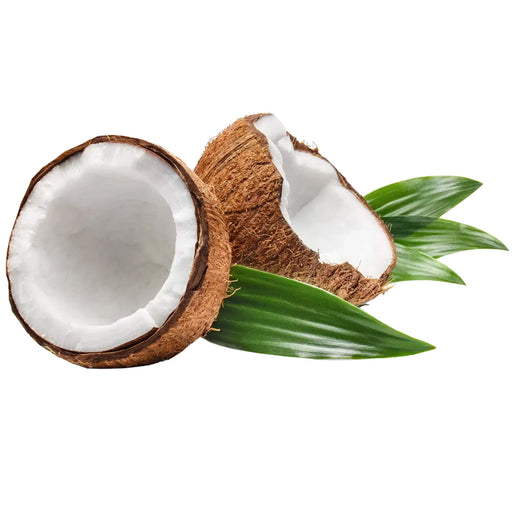over $250.00

Greening the Wash: A Guide to Environmentally Friendly Laundry
What are some of the ways to achieve environmentally friendly laundry?
Therapists and clinicians constantly use linens and towels as an essential part of the job, so they depend on a laundry system that is both effective and efficient.
From water and energy consumption to chemicals in detergents, the way we wash our clothes affects our planet. Thankfully, there are several ways to make the laundry routine more eco-friendly. Here’s a guide to help you green the wash and reduce your environmental footprint.
Any one of these steps adds to our environmental stewardship. Combined, these steps create an even greater contribution.
Use Cold Water
One of the easiest ways to reduce the environmental impact of the laundry regime is to wash linens in cold water. Heating water accounts for about 90% of the energy used during a wash cycle. Cold water is just as effective for most loads, especially with modern detergents designed to work well at lower temperatures. By switching to cold water, you can save energy, reduce your utility bills, and extend the life of your linens.
Choose Energy-Efficient Appliances
When it’s time to replace your washing machine or dryer, opt for energy-efficient models. Look for the Energy Star label, which signifies that the appliance meets or exceeds energy efficiency guidelines set by the Government of Canada and the U.S. Environmental Protection Agency. Energy-efficient washers use less water and electricity, which can lead to significant savings over time. Front-loading machines are generally more efficient than top-loading ones, using about half the water and electricity.
Wash Full Loads, but Don’t Overload
Maximizing the efficiency of your washer and dryer means washing full loads whenever possible. This reduces the number of loads you need to do and maximizes the use of water and energy. However, be careful not to overload your machine, as this can lead to poor cleaning results and increase wear and tear on the appliance.
Choose Eco-Friendly Detergents
Many conventional detergents contain chemicals that can be harmful to aquatic life and ecosystems. Opt for eco-friendly detergents that are biodegradable, phosphate-free, and made from plant-based ingredients. These detergents are often free of synthetic fragrances and dyes, making them better for both the environment and your skin. Additionally, consider using laundry sheets, which are pre-measured and reduce plastic waste from detergent bottles, as well as the carbon footprint of transporting bulky plastic jugs.
Eco-Max Detergent Strips are small sheets about the size of a business card. They dissolve in cold water and are absolutely as effective as laundry liquid or powder. Because they are flat, there are more of them in the package, and the packages are also flat. So there's more packages in a box and on the store shelf. This alone makes them more desirable than bulky plastic jugs.
Green Cricket Double Strength Citrus Grove Laundry Soap does come in a plastic jug, but at twice the strength it provides for twice as many loads as a similar brand. Plus it is locally manufactured from 100% biodegradable materials. Green Cricket also produces a wide range for natural soaps for refillable containers.
Avoid Fabric Softeners and Dryer Sheets
Fabric softeners and dryer sheets may leave linens feeling soft and smelling fresh, but they often contain chemicals and synthetic fragrances. Instead, try using natural alternatives like wool dryer balls, which can reduce drying time and static cling without the need for chemical-laden products. You can also add a few drops of essential oil to the dryer balls if you prefer a light fragrance.
Air-Dry When Possible
Dryers are energy-intensive, so air-drying linens whenever possible is a great way to save energy and reduce wear and tear on sheets and towels. Hang linens on a drying rack, clothesline, or indoors on hangers. If you do use a dryer, make sure to clean the lint trap with every load to maintain efficiency and consider using the lowest heat setting to protect linens and reduce energy use.
Use the Right Amount of Detergent
Using more detergent than necessary doesn’t lead to cleaner linens — it often results in more residue on fabric and in your washing machine, which can lead to buildup and the need for extra rinsing. Follow the instructions on the detergent packaging and use the smallest amount needed to get your linens clean.
Consider Water Usage
If you live in an area with water scarcity, consider how often you wash your clothes and whether you can reduce water usage by combining small loads into larger ones or using shorter wash cycles. Especially in summer, when watering is restricted. Some washing machines have eco-cycles that use less water, which can be a good option if available.
Greening your laundry routine doesn’t require a complete overhaul—small changes can make a big difference. By choosing energy-efficient appliances, using eco-friendly products, and being mindful of how you wash and dry linens, you can reduce your environmental impact and contribute to a more sustainable future. Happy washing!
Featured collection
-
Original price $14.99 - Original price $59.99Original price
Lowest Price per ml: $59.99
$14.99 - $59.99$14.99 - $59.99Current price$14.99Current Price: $14.99
Price Per ml: $0.14
Golden Jojoba Oil
BodyBestUses and Benefits of Golden Jojoba Oil Golden Jojoba Oil is one of the best massage oils as it can be used for both scalp and body. It is deeply mo...
View full detailsOriginal price $14.99 - Original price $59.99Original priceLowest Price per ml: $59.99
$14.99 - $59.99$14.99 - $59.99Current price$14.99Current Price: $14.99
Price Per ml: $0.14
-
Original price $11.99 - Original price $29.99Original price
Lowest Price per ml: $29.99
$11.99 - $29.99$11.99 - $29.99Current price$11.99Current Price: $17.99
Price Per ml: $0.03
Castor Oil
BodyBestUses and Benefits of Castor Oil Castor oil is a healing oil that helps soothe muscle aches. Rich in antioxidants, the oil prevents wrinkles, reliev...
View full detailsOriginal price $11.99 - Original price $29.99Original priceLowest Price per ml: $29.99
$11.99 - $29.99$11.99 - $29.99Current price$11.99Current Price: $17.99
Price Per ml: $0.03
-
Original price $24.99 - Original price $79.99Original price
Lowest Price per ml: $20.00
$24.99 - $79.99$24.99 - $79.99Current price$24.99Current Price: $24.99
Price Per ml: $0.02
Grapeseed Oil
BodyBestUses and Benefits of Grape seed Oil Grape seed oil has anti-inflammatory and antimicrobial properties. In addition, the oil is rich in omega chain ...
View full detailsOriginal price $24.99 - Original price $79.99Original priceLowest Price per ml: $20.00
$24.99 - $79.99$24.99 - $79.99Current price$24.99Current Price: $24.99
Price Per ml: $0.02
-
Original price $29.99 - Original price $29.99Original price$29.99$29.99 - $29.99Current price$29.99
Apricot Oil Cold Pressed 1L
BodyBestUses and Benefits of Cold Pressed Apricot Oil Apricot Oil Cold Pressed by BodyBest is ideal for body and head massages. Also known as Apricot Kerne...
View full detailsOriginal price $29.99 - Original price $29.99Original price$29.99$29.99 - $29.99Current price$29.99 -
Original price $23.99 - Original price $94.99Original price
Lowest Price per ml: $19.00
$23.99 - $94.99$23.99 - $94.99Current price$23.99Current Price: $94.99
Price Per ml: $18.99
Coconut Oil Cold Pressed Unfractionated
BodyBestBenefits of Body Best Cold Pressed Unfractionated Coconut Oil Body Best Cold Pressed Virgin Coconut Oil has wonderful healing properties for your b...
View full detailsOriginal price $23.99 - Original price $94.99Original priceLowest Price per ml: $19.00
$23.99 - $94.99$23.99 - $94.99Current price$23.99Current Price: $94.99
Price Per ml: $18.99

